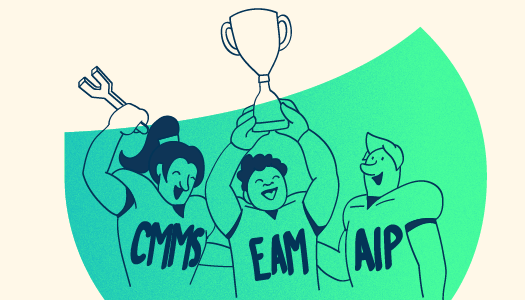4 Methodologies to Help You Avoid Profit Killers in Manufacturing Maintenance
Efficiency is an important goal for today’s manufacturers, not only for a smoother workflow but for increased profitability.
To achieve a new level efficiency, maintenance professionals must understand their critical role in the profitability of their organization. Then, they can unlock ways to contribute to operational success by understanding the top profit pitfalls and using specific tactics to avoid them.
Methodologies can work in tandem with technology to provide ways to promote maintenance processes that cut down on waste in labor, parts, assets and compliance – allowing you to promote profitability.
Let’s dive into four popular methodologies you can apply to your maintenance operations today.
1. 5S
What is 5S?
5S is a methodology used to promote a clean, uncluttered, safe and well-organized workspace. Although its origin can be traced back to 16th century shipbuilding, it was made popular by Toyota Motors. It’s a great system for manufacturers to use to promote cleanliness and organization in the plant environment.
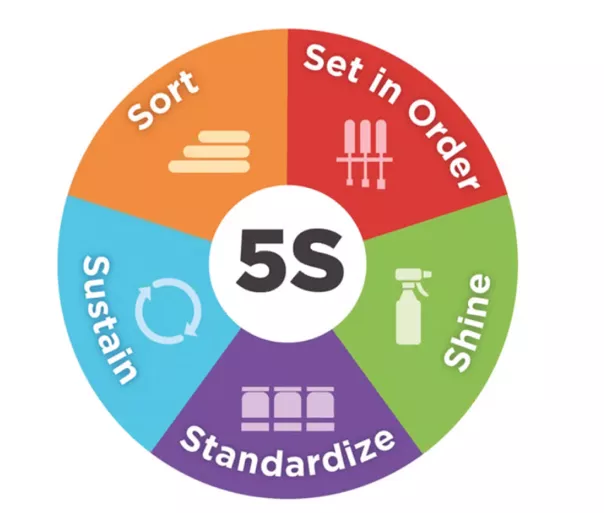
Here is a breakdown of the 5S’s:
-
Sort- sorting and removing all unnecessary items from a location
-
Set in order- putting all necessary items back in an optimal place
-
Shine- cleaning and inspecting the workplace, tools and machinery
-
Standardize- standardize the processes of how you sort, set and shine
-
Sustain- creating a natural process in which you have the self-discipline to do the above processes without being told to
What are the benefits of 5S in manufacturing?
Harnessing the power of a 5S methodology in manufacturing maintenance operations can help you:
-
Eliminate waste
-
Have a higher production quality
-
Increase productivity
-
Have greater employee satisfaction
-
Promote a safer work environment
-
Reduce costs and improve profitability
How can a CMMS (computerized maintenance management system) help with 5S?
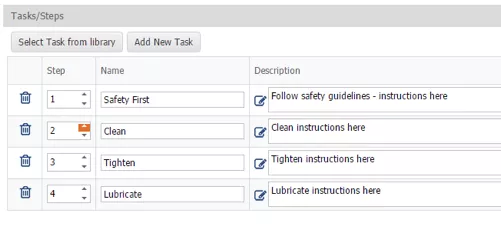
Your CMMS can help you organize 5S practices with specific tasks lists to keep you on track and help you standardize specific steps.
2. Six Sigma
What is Six Sigma?
You may have heard of Six Sigma, but it is a methodology focused on reducing the probability than an error will occur. It’s focused on quality improvement by removing the causes of defects and minimizing variability. This methodology requires commitment from the entire organization.
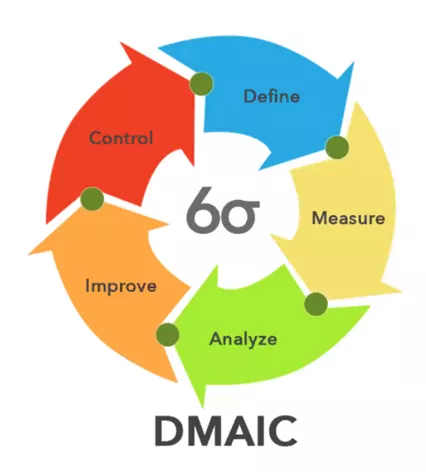
The DMAIC approach to fixing existing processes with Six Sigma involves these steps:
-
Define the system, customer requirements and project goals
-
Measure current process (collect data) and calculate the “as-is” process capability
-
Analyze and use data to investigate and verify cause-and-effect (determine the defect root cause)
-
Improve current process by optimizing; run tests and examine
-
Control the outcomes by catching and correcting before defects occur; implement control systems and repeat until desired quality level is obtained
What are the benefits of Six Sigma in manufacturing?
Using Six Sigma in manufacturing maintenance operations can help you:
-
Boost efficiency and timeliness
-
Improve accuracy, controls and internal policy compliance
-
Enhance customer service and regulatory compliance
-
Reduce operational costs and drive profitability
How can a CMMS (computerized maintenance management system) help with Six Sigma?
A CMMS helps you pinpoint where your downtime or issues are coming from, so you can make a plan to correct them. It also provides the data you need to analyze asset performance.
See why a CMMS is essential to lean and Six Sigma maintenance in this guide.
3. Kaizen
What is kaizen?
Kaizen is a methodology built around continuous improvement. It is based on a Japanese term that means “change for good.” This system focuses on eliminating waste (or muda), and it involves everyone, from frontline workers to the CEO of an organization.
What are the benefits of kaizen in manufacturing?
The use of kaizen in manufacturing maintenance operations can help you:
-
Align across roles and departments
-
Promote continuous improvement
-
Quickly identify and eliminate waste
-
Improve profitability
How can a CMMS (computerized maintenance management system) help with kaizen?
You can use the data from your CMMS to show asset history and where problems have occurred to better understand how to eliminate them. The voice of the maintenance department is very valuable in this process.
4. Total Productive Maintenance (TPM)
What is TPM?
To use Seiichi Nakajima’s definition, Total productive maintenance (or TPM) is “a plant improvement methodology which enables continuous and rapid improvement through use of employee involvement, employee empowerment, and closed-loop measurement of results.”
We can relate TPM to getting a new car. When you buy a new car, you’re careful about how you and others treat it, how dirty it gets, regular maintenance needed, etc. Similarly, TPM is based on optimal relationships between people and equipment, for the best outcomes.
There are a range of pillars in TPM, one being autonomous maintenance, which is a system to improve maintenance and inspections by empowering the operators to “find it, fix it and keep it fixed.”
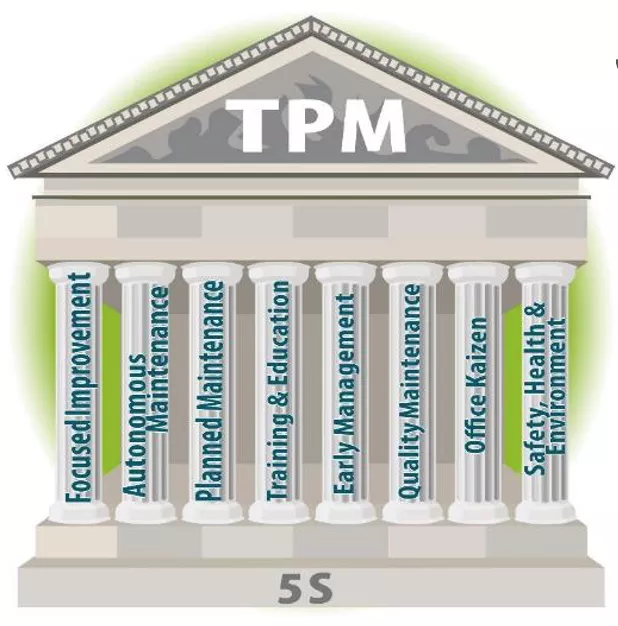
What are the goals/benefits of TPM in manufacturing?
The utilization of TPM in manufacturing maintenance operations can lead to:
-
Zero accidents, unplanned downtime, defects or speed losses
-
Minimum life cycle cost
-
Modified equipment to prevent breakdowns and make maintenance easier
-
Designed/installed equipment that needs little (less) maintenance
Learn more about avoiding common mistakes around TPM in this blog post.
How can a CMMS (computerized maintenance management system) help with TPM?
With the added scheduling, organization and tracking of a CMMS, you can promote TPM practices that keep everyone on the same page and working more proactively.
Which methodology will you choose?
With the concerns of today’s manufacturing landscape, lean operations are becoming more and more critical. Now is a great time to take on one of these initiatives or ramp up if you’re already using one – to get your team aligned on lowering waste and improving efficiency and profitability.
Implementing these practices with the right CMMS by your side can help you feel more confident about operating today, while being ready for the next curveball down the road.



